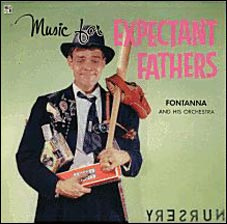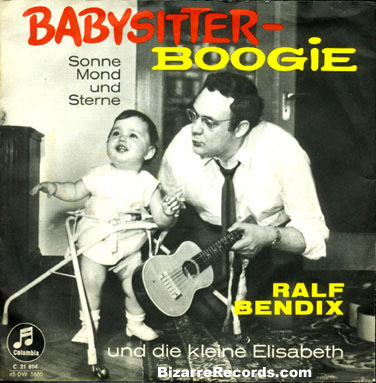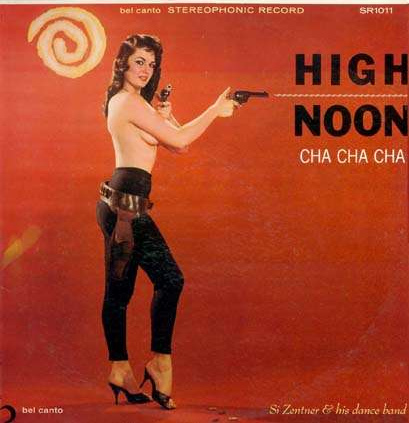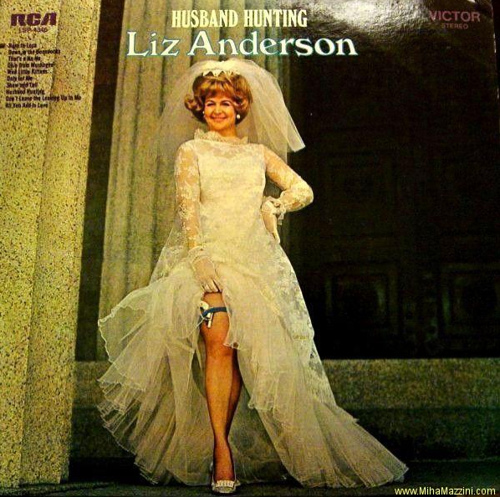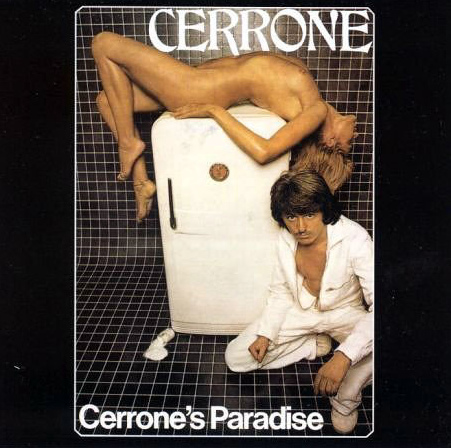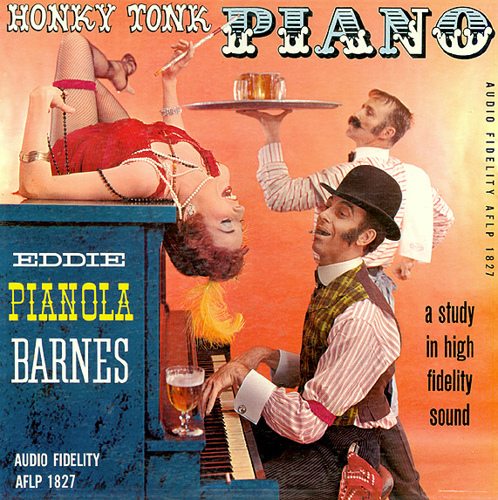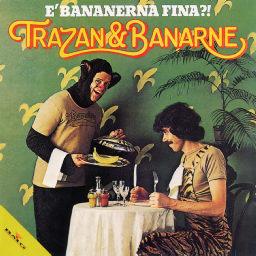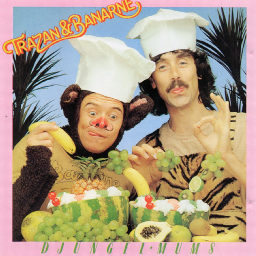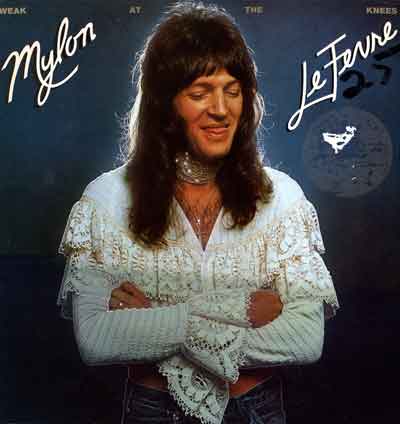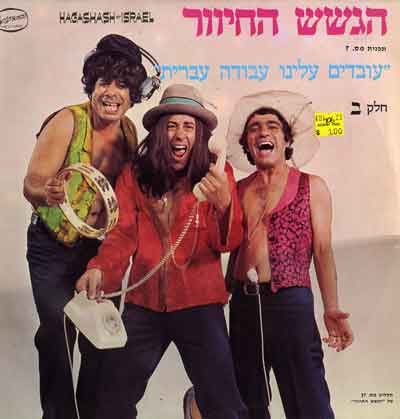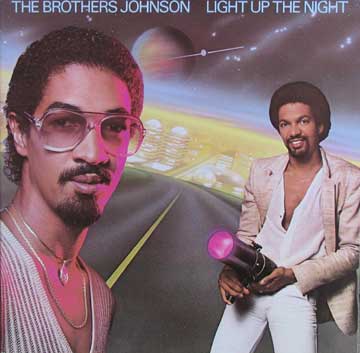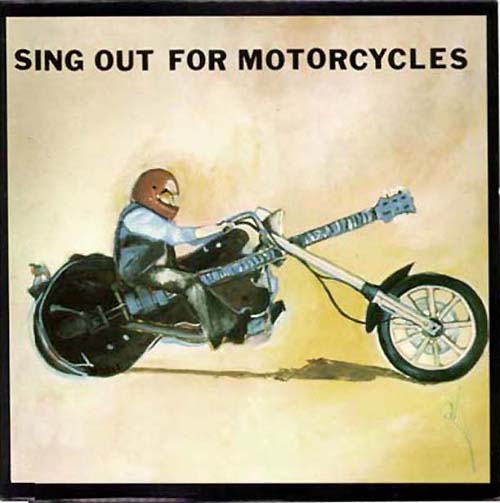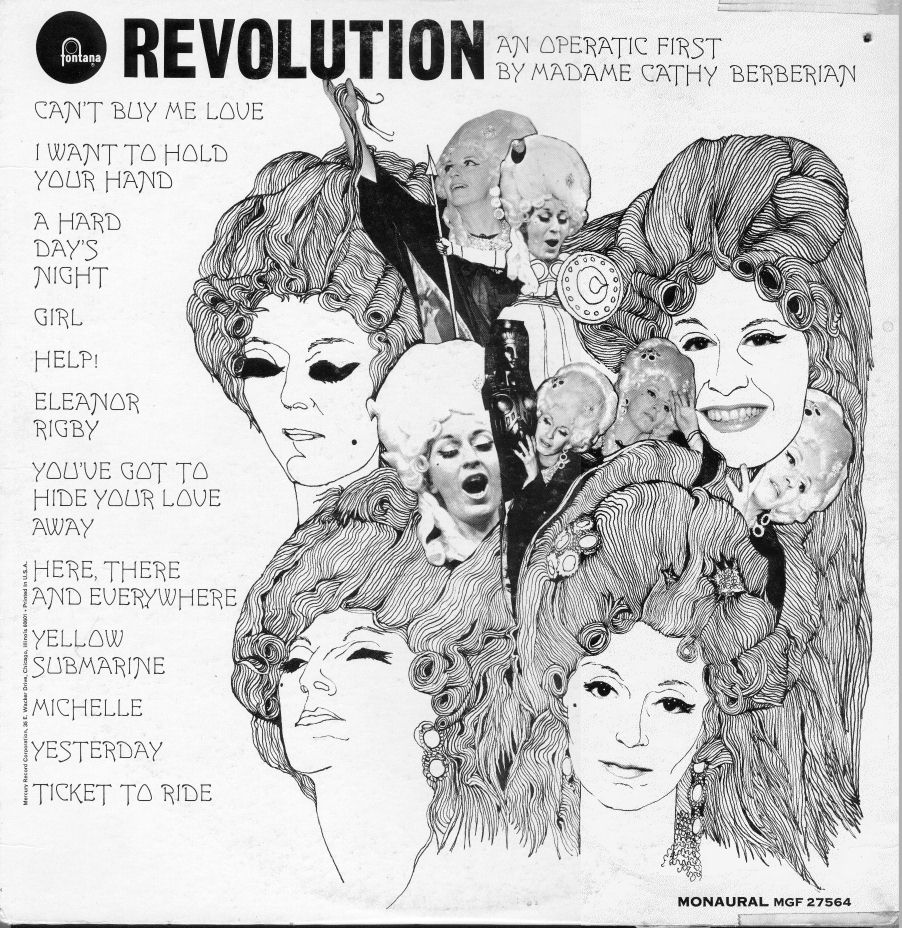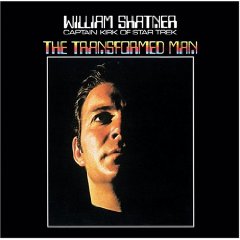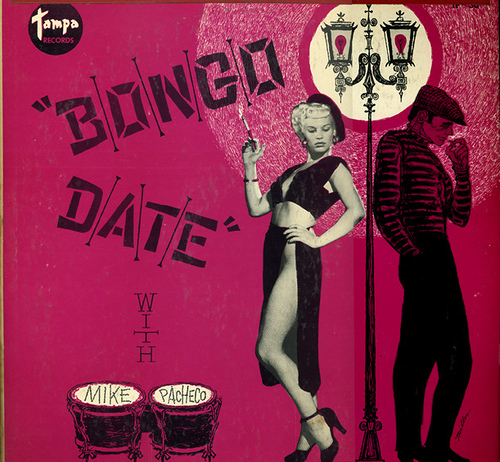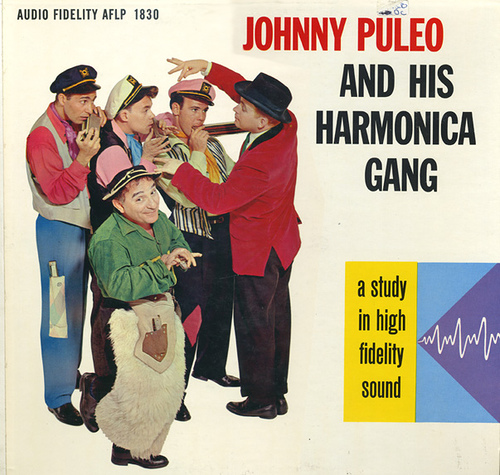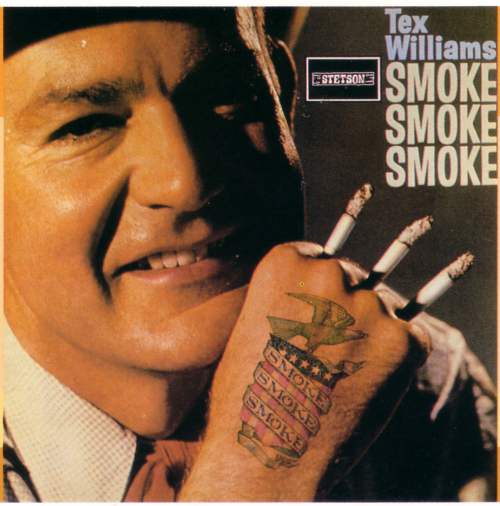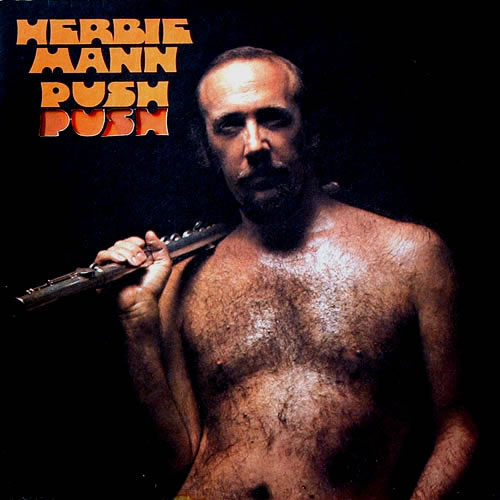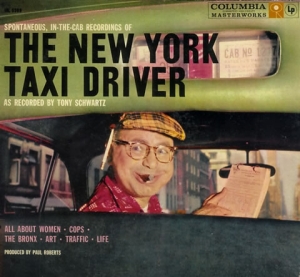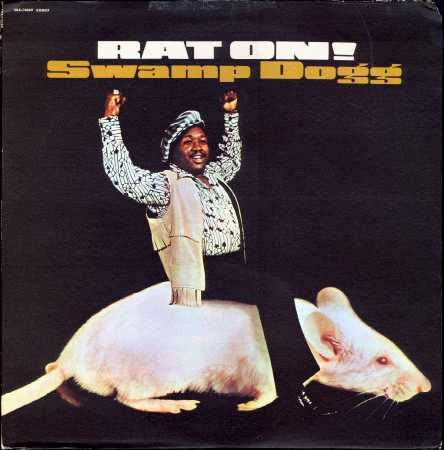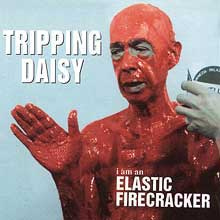 |
Just before work ended, there was this explosion at the Red Rubber Coating factory, and this poor fella couldn’t escape in time. This is Tripping Daisy’s 1995 offering, called “I Am An Elastic Firecracker.”
What seems a little more worrisome is the skin tone of the fellow underneath the read paint. |
 |
This is the 1991 single from Aphex Twin, called Window Licker. Aphex Twin is the brainchild of Richard James, a Welsh artist who has been making records since 1991.
My experience with AT is that there is not much about them that is danceable, but this one has its moments. The video generally centers around the theme of picking up whores in some undisclosed location. I couldn’t understand the first part of the video. It seems that for about the first 2-3 minutes the dilogue cosnsisted of two coloured guys in a car repeating the word motherf***er over and over with a few extra words thrown in to make it sound like they were speaking English to each other. When the prostitutes were encountered, the words varied a little more, but the hoes saw through them, and didn’t believe that they had any money. The tranny groove on this single comes from something that happens part way thru the video where the second customer, who is of the sort that drives a stretch limo with a bazillion windows (namely, our hero Richard), gets out of the car and starts some kind of a mating dance requiring a suggestive use of an umbrella. That’s when the prostitutes start growing beards, and looking like Richard. Creepy. |
Visits: 162

